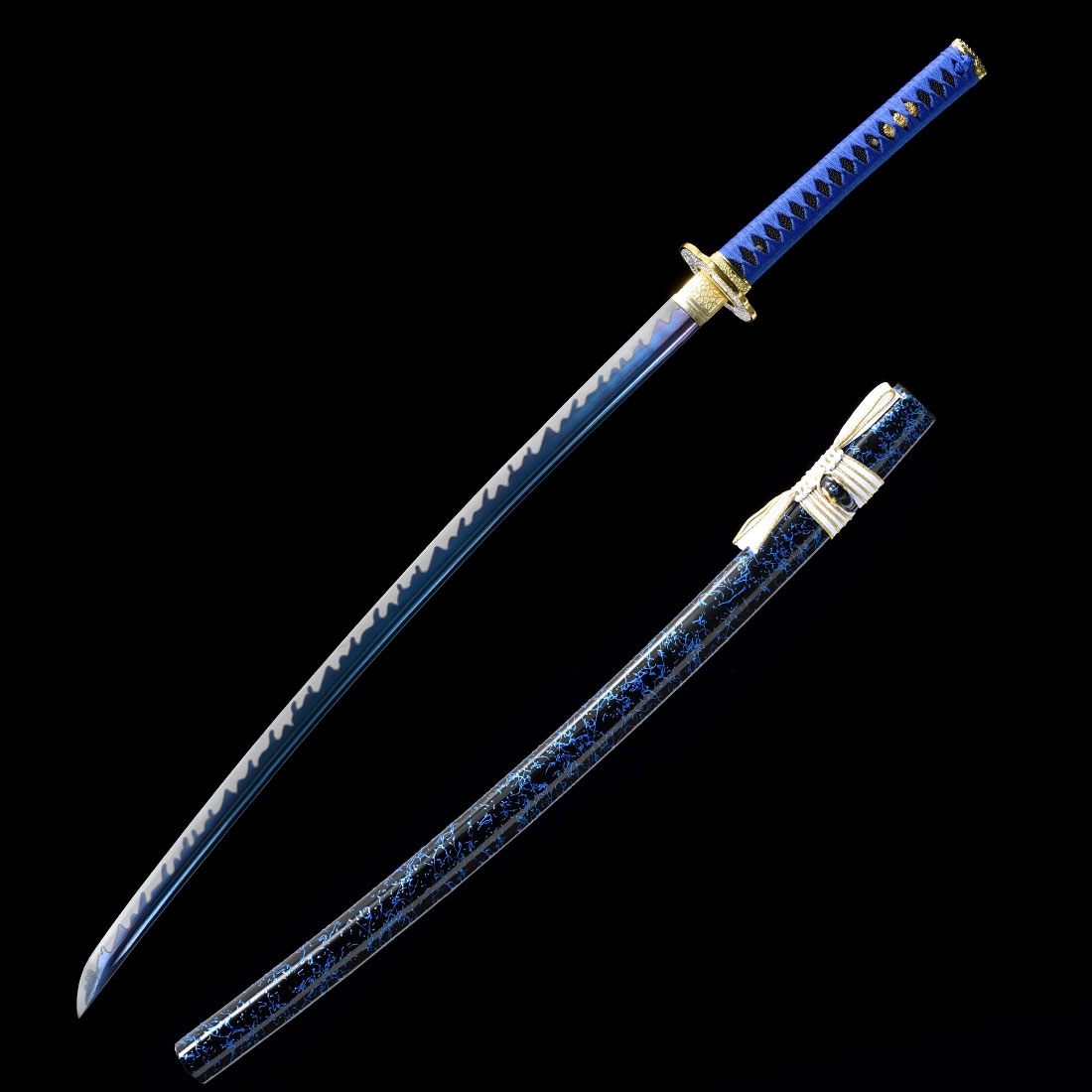
Proper maintenance will help ensure the longevity of your sword. To maintain the integrity of your sword, it is important to keep it clean and lubricated while avoiding exposure to harsh chemicals or extreme temperatures. Some of its aesthetic features include the jigane, the appearance of the surface steel the jihada, the grain pattern within the steel and the hamon, the patterned band along the edge of the sword. Is there any maintenance required for my sword? Unlike Western swords, Japanese swords are examined by looking only at the blade itself. Our sharpened blades come with protective sheaths for safe transport and storage.
DIFFERENT METALS FOR KATANA BLADES HOW TO
We’ve compiled a guide on different types of practice swords used in sword-based martial arts, how to determine which types best suit you, and where to get them online.

Yes, we offer a variety of sharpened blades for those looking for a fully functional sword or display piece. The Japanese, Chinese, and European swordsmanship use a variety of swords, each with unique characteristics and techniques. These include short swords, katanas, and longswords made in both traditional and modern styles. We offer a wide range of swords suitable for collectors, martial artists and enthusiasts alike. Our swords are made from high-quality materials such as high carbon steel, stainless steel, and other alloys that provide excellent strength and durability. All these brands feature high-quality materials and expert craftsmanship for optimal comfort and durability. What are the most popular brand swords offered by Cutting Edge Cutlery?Ĭutting Edge Cutlery offers a variety of popular brands, including Cold Steel, Dragon King, CAS Hanwei, and many more. Order any of our swords directly to your home in Canada or find one of these products in any of our retail stores in Calgary, Saskatoon, Regina and Winnipeg. This arc is necessary as it provides slicing movement without actually slicing in or out.Come take a look at our large selection of high-quality swords and related products. We offer handmade katanas using traditional methods. To cut a human torso or perhaps 5 torsos in 1 blow (as scriptures and legends say), one cannot move the sword up and down. And as the metals are cooling differently it automatically bends concave at the non sharp edge giving the blade an arc. The inner LCS contracts normally as there is not much carbon atoms to get trapped but outer HCS is filled with carbon and cannot contract as easily. This will accentuate hardness of high carbon steel but wont be affecting the toughness of low carbon steel.ĭuring quenching the metal contracts. A special kind of clay and charcoal is painted over the sword to insulate those parts before and allow differential heat treatment and quenching effect. The metals are then beaten into 1 sword like structure. Last step of forging steel is to keep the sword in a furnace at very high temp and quenching in water to entrap the carbon atoms, that will help attain its razor sharpness. Thus trying to get the best of both worlds.

The high carbon, harder steel is bent into a u shape and low carbon, softer but tougher steel is inserted into the u shape core. swords indicate that the different regions relied on different metal trade. The steel is bent and folded 7 times to get multiple layers. However, this study demonstrates that metal supply and sword types are mostly.
DIFFERENT METALS FOR KATANA BLADES SKIN
Heated yellow metal is beaten by hammer to change the internal structure and also exclude slags which is seen in form of sparks getting out of metals. First of all, most Japanese blades are made up of two different metals: a soft and durable iron core is enveloped in a hard outer skin of steel which has. One want large energy absorption to make it tough.

The hardness of materials can be measured by CHARPY TEST. But it also makes it brittle such that it might be easily broken. More carbon makes steel harder so as to attain sharp edge and pointy end. This makes the steel very hard and strong.Īdding or removing something from metals change their atomic structure and affect their mechanical properties. If it happens so iron wont be able to attain bcc form and will have some defects. When hot iron atoms contract carbon atoms get trapped bw them. High temp form-fcc(face centered cube).We will be dealing with 2 types of iron lattices. Tamahagane, which is the raw material for Japanese swords, is a steel made of iron sand with a low level of impurities. Carbon gives iron much more strength than iron normally would have.


 0 kommentar(er)
0 kommentar(er)
